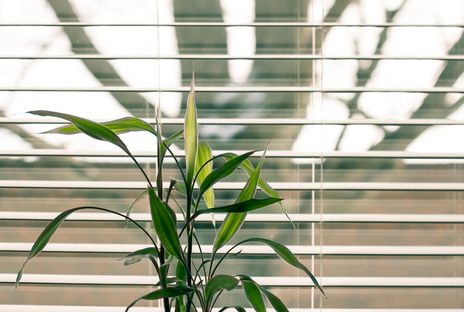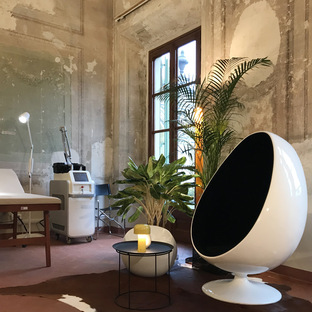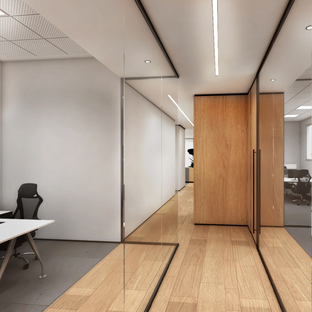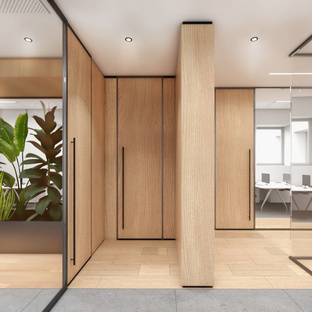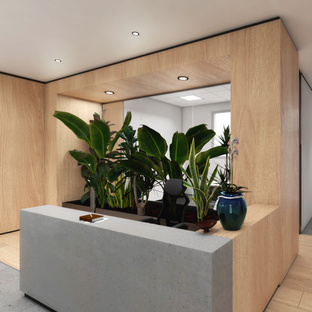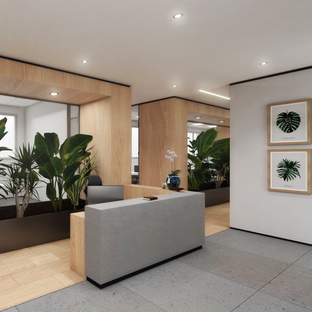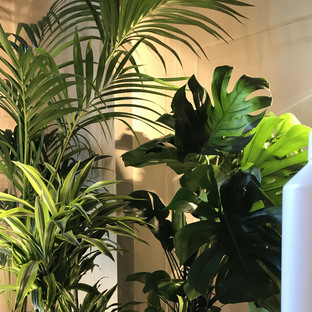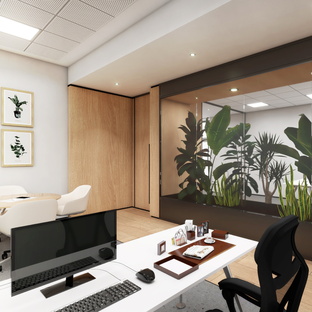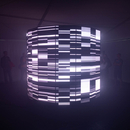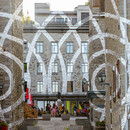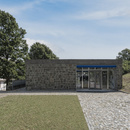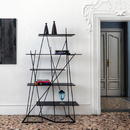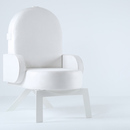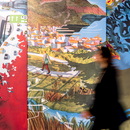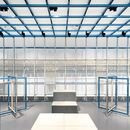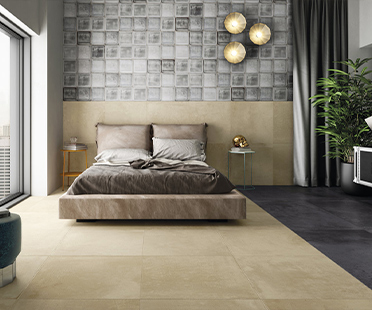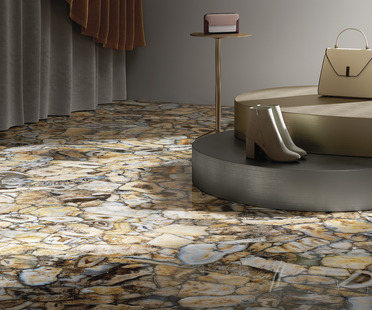07-09-2021
Biophilia, nEmoGruppo Architetti at the Fuorisalone in Milan
- Blog
- Events
- Biophilia, nEmoGruppo Architetti at the Fuorisalone in Milan
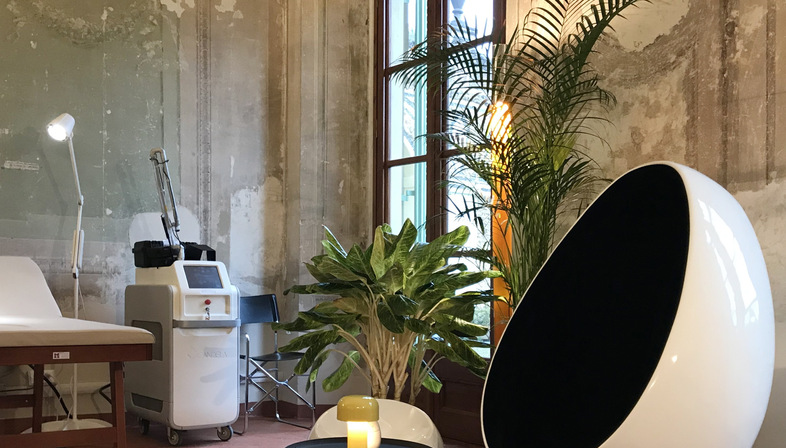 Biophilia is humankind's innate biological connection with nature. It explains our fascination with certain natural phenomena, from walking in the woods to seeing the sea, which gives us a sense of well-being. Designing according to biophilia means respecting all that is bio, i.e. life, and fostering our connection with nature. The theme is becoming increasingly important, and it is no coincidence that it is being discussed at the Fuorisalone during various events (link https://www.floornature.it/new-dawn-architecture-iris-ceramica-group-al-fuorisalone-202-16523/). One of these is at DDN Hub, the exhibition dedicated to solutions for living and contemporary living so that everyone can experience a better possible future. The event series takes place between Parco Sempione and Castello Sforzesco in Piazza del Cannone. On 8 September at noon, Alessandra Barilaro of nEmoGruppo Architetti will talk about biophilia in interior architecture.
Biophilia is humankind's innate biological connection with nature. It explains our fascination with certain natural phenomena, from walking in the woods to seeing the sea, which gives us a sense of well-being. Designing according to biophilia means respecting all that is bio, i.e. life, and fostering our connection with nature. The theme is becoming increasingly important, and it is no coincidence that it is being discussed at the Fuorisalone during various events (link https://www.floornature.it/new-dawn-architecture-iris-ceramica-group-al-fuorisalone-202-16523/). One of these is at DDN Hub, the exhibition dedicated to solutions for living and contemporary living so that everyone can experience a better possible future. The event series takes place between Parco Sempione and Castello Sforzesco in Piazza del Cannone. On 8 September at noon, Alessandra Barilaro of nEmoGruppo Architetti will talk about biophilia in interior architecture.he architects of the practice define biophilic design as a deliberate attempt to create environments that stimulate biophilia inspired by nature. It applies to artificial spaces such as private homes, schools, hospitals, offices, and public places in general. Barilaro explains: "Because experience with nature can prompt a rapid regenerative response from the body, design that puts us back in touch with nature - biophilic design - is essential to allow people the opportunity to live and work in healthy places and spaces, with less stress and improved well-being.”
During her talk, the architect will report on the many studies carried out worldwide over the last 35 years that demonstrate the effectiveness of biophilic design in various fields. Reading, for example, that biophilic design can increase learning rates at school by 20-25%, not only concerning test results but also improved levels of concentration and attendance and reduced impacts of ADHD, one wonders why these rather simple principles are not applied more often in school environments or even in hospitals. One example, says Barilarlo, is Mount Sinai Hospital in New York, where an area has been introduced to support intensive care. Biophilic "recharge rooms" serve as "buffer zones" for healthcare workers: "Using nature as a regenerative and supportive element can be a way of setting up a new reconfiguration of care spaces in which to reconnect places for healthcare with people."
In the end, it doesn't require many resources to achieve a significant effect on the psychophysical wellbeing of the people living in the space, and this also applies to your own home. Alessandra Barilaro talks about how biophilia is closely linked to our emotivity, and she does so from the first-hand experience. During the first wave of the pandemic in Italy she was teaching remotely and saw the difficulties and stress of the students. Everyone was confined to their homes; movements and going out were limited to the essentials. It was at that time that being able to intervene in the living space with a few gestures, even on a small budget, such as arranging plants, using fabrics, improving the use of natural light, could change the students' situation for the better. Indeed, biophilic design is sustainable in all respects, even economically!
Christiane Bürklein
Talk: Biofilia nell’architettura degli interni
Architects: Alessandra Barilaro, nEmoGruppo Architetti
September 8, 12PM at DDN HUB, Castello Sforzesco - Milano, Piazza del Cannone
Images: courtesy of nEmoGruppo Architetti










